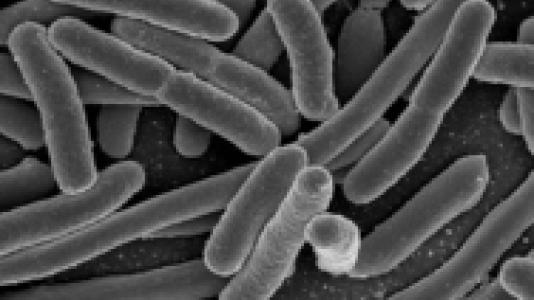
Enzymes that hydrolyze peptidoglycan are critical for these processes, but their activities must be tightly regulated to prevent the generation of lethal breaches in the peptidoglycan matrix.
A Midwest Center for Structural Genomics collaborative effort between Argonne and Harvard University researchers has investigated the control of certain cell division hydrolases, called amidases, required for Escherichia coli and other pathogenic bacteria cell division. The results support a model in which cell separation is stimulated by the reversible relief of amidase autoinhibition governed by conserved subcomplexes within the cytokinetic ring. Analogous conformational control mechanisms are likely to be part of a general strategy used to control peptidoglycan hydrolases present within multienzyme peptidoglycan-remodeling machines.
Related publication:
- Yang DC, Tan K, Joachimiak A, Bernhardt TG. A conformational switch controls cell wall-remodelling enzymes required for bacterial cell division. Mol Microbiol. 2012 Aug;85(4):768-81. doi: 10.1111/j.1365-2958.2012.08138.x.